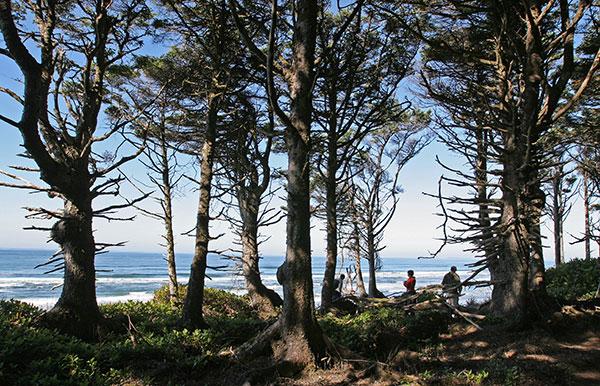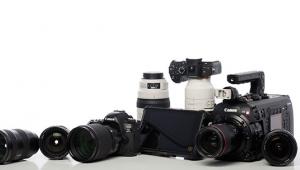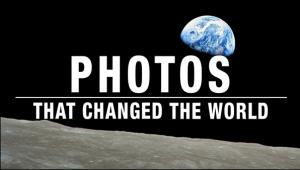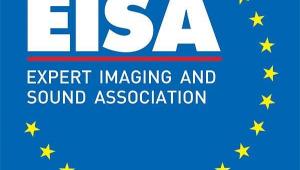Photographers, News, and First Amendment Groups Pen Letter Blasting Federal Plan to Limit Filming Wilderness Areas

Seventeen news, photographers’ and First Amendment organizations have sent a joint letter to the U.S. Forest Service protesting a move to make a temporary plan to restrict filming in wilderness areas into a permanent rule. The organizations, which include the American Society of Media Photographers, the North American Nature Photography Association, and the Associated Press, addressed the letter to Thomas Tidwell, chief of the U.S Forest Service (USFS).
The groups say the fuzzy language of the proposal could limit photographers’ and journalists’ abilities to do their jobs.
“We are concerned by the proposed permanent directive’s vague language and failure to make a clear distinction between still photography, film and videography for newsgathering purposes and ‘commercial’ film and still photography,” the letter reads.
“But even more disconcerting is the imposition of a permitting scheme for news-related photography or videography in the first place, especially when some of the criteria applicable to permits for Congressionally-designated wilderness areas in particular seem to have no relationship to maintenance of the actual wilderness areas and instead are more focused on ensuring films and photos convey a particular image or message.”
The letter comes in response to the U.S. Forest Service’s plan to implement a permanent permitting process for commercial photo, film or video shoots on Federally designated wilderness areas. The permits would cost $1,500 and photographers and news gatherers could be hit with fines of up to $1,000 for shooting without one.
In response to the initial uproar over the proposal, Tidwell said the USFS will change the plan to address First Amendment concerns.
“Based on the feedback we’ve made so far, we’ll make changes to make sure this doesn’t apply to news gathering, Tidwell told the Washington Post.
Tidwell stressed that the proposal is designed to target commercial filming for large projects, such as movies or truck advertisements, not photojournalists or recreational photographers.
“If you’re news media, it has no effect at all,” he told the Post. “If you’re a private individual, this doesn’t apply.”
He added that photographers who shoot on wild lands won’t need a permit, even if if they plan to sell their images.
The 17 groups that sent the letter to Tidwell, however, think the proposed changes to the permitting directive don’t go far enough.
“We contend the proposed permanent policy limits far more speech than is necessary to achieve the government’s stated purpose. Not only does requiring a permit for ordinary newsgathering create a chilling effect on freedom of speech and of the press, but also granting the Service the ability to deny such a permit in the case of a journalist or news organization would, we believe, create an unconstitutional licensing obligation or – worse – a prior restraint on those newsgathering activities,” the letter continues.
“Further, we are concerned not just for individuals traditionally identified as newsgatherers, but also for freelance visual journalists and members of the public who may use cameras on a speculative basis to photograph or film activities on public lands without having an assured media outlet for their work.
The USFS’ Directive for Commercial Filming in Wilderness; Special Uses Administration -- as it’s formally known – has been in place for the last four years but only as a temporary rule.
Some photographers think the hubbub over the permit proposal has been overblown.
“The Forest Service clarified the wilderness media regulations the following day, and the uproar quickly died down to an embarrassed silence,” Photographer Dan Holmes wrote Shutterbug in response to our initial story on the issue.
If you’d like to comment on the USFS’s directive, click here. The public commenting period on the proposal has been extended to December 3, 2014.
Click here to read the full letter from the 17 organizations to the USFS.
















































